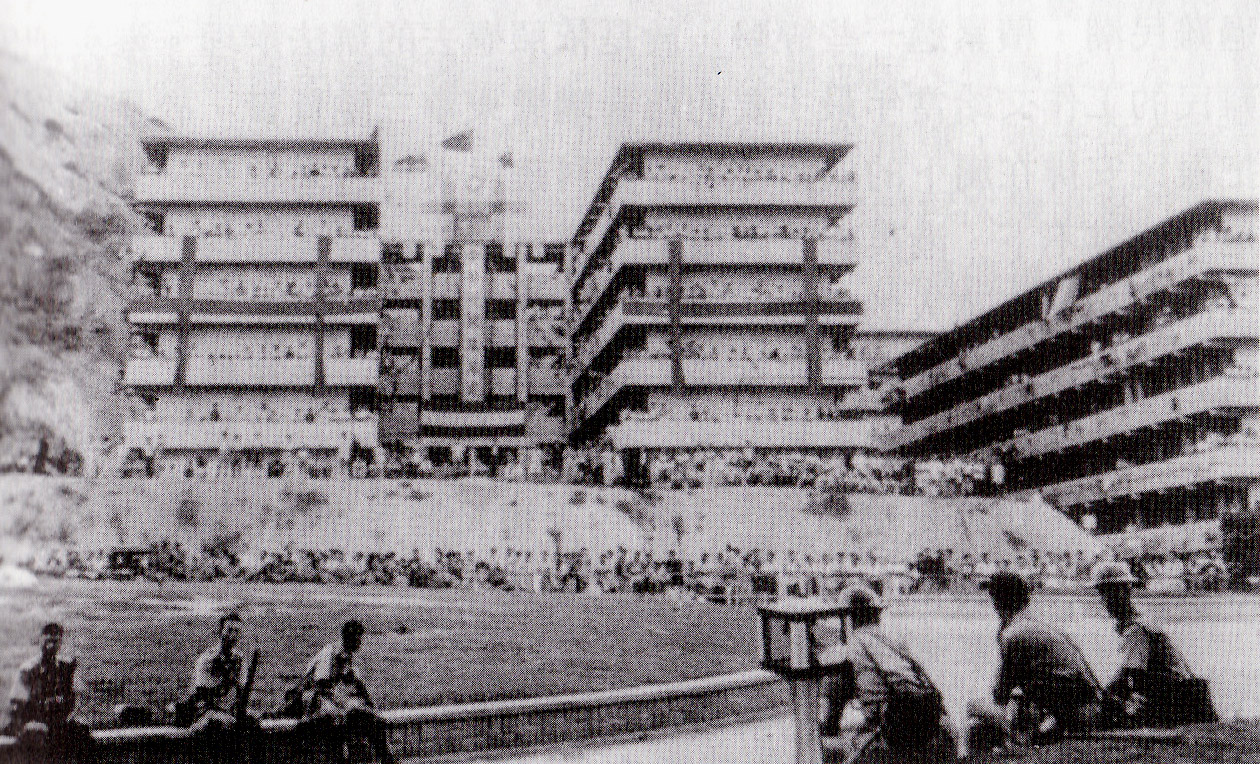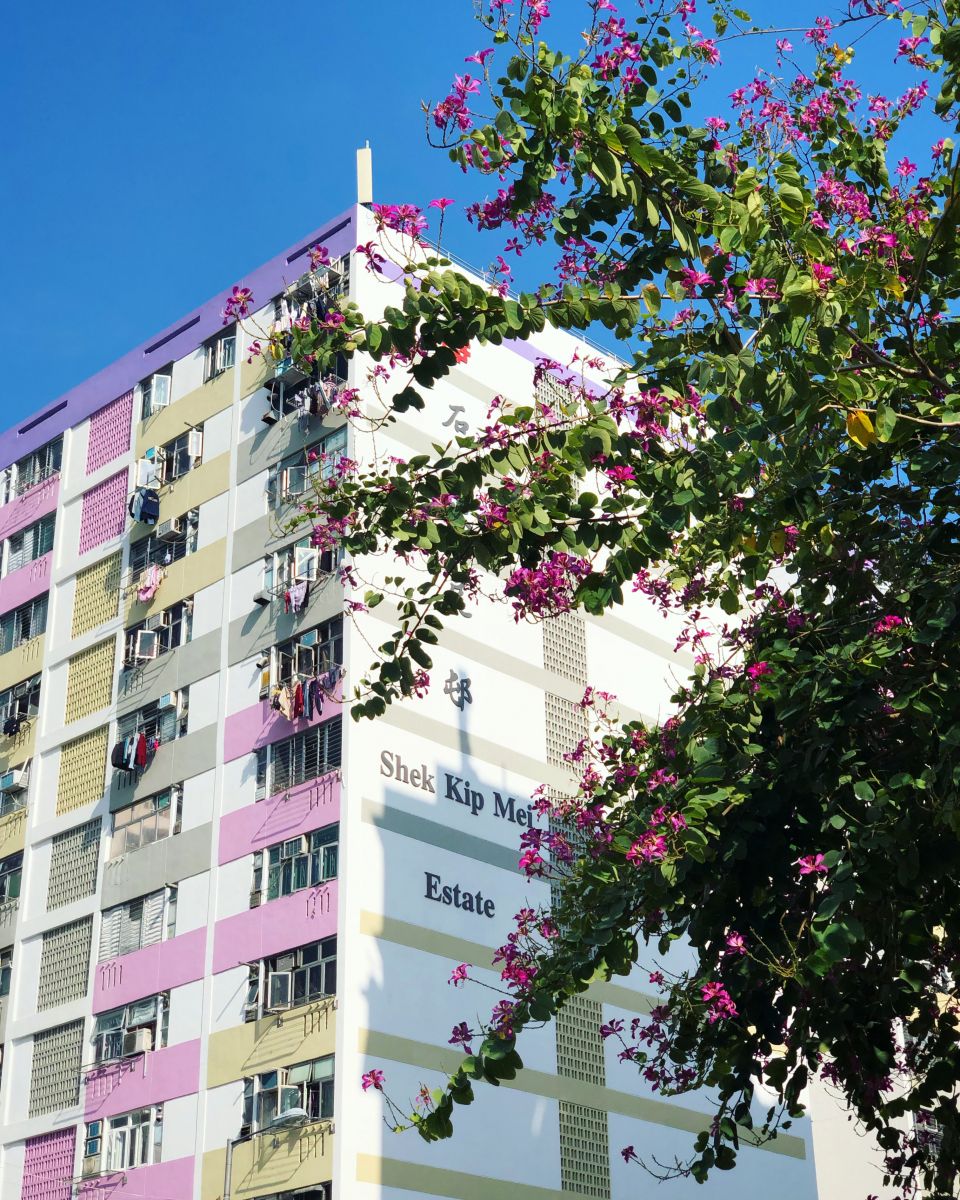As a tourist planning to visit Hong Kong, you may be looking for unique experiences that allow you to explore the city's rich history and cultural heritage. While there are plenty of historical buildings worth visiting in Hong Kong, not many allow you to stay overnight and experience their history firsthand. Mei Ho House, however, is one of the few heritage sites that has been transformed into a hostel for tourists to stay in.
Mei Ho House is the ONLY surviving H-shaped resettlement block among the Shek Kip Mei estate, which was built in 1954. Located adjacent to Sham Shui Po, the most grassroots area of Hong Kong, Mei Ho House offers a rare glimpse into the city's public housing history.

The Shek Kip Mei area was once a shanty town where migrants from mainland China inhabited, with poor facilities, unsanitary conditions, and dense population. At Christmas Eve in 1953, the huts caught a disastrous fire and displaced 53,000 people overnight. Consequently, the colonial government built a resettlement estate comprised of 29 blocks, while 8 blocks amongst were constructed in an H-shaped configuration which had two residential wings linked with a central core of communal facilities. That accident initiated Hong Kong's first public housing programme and contributed to the development of housing policy later on.

As time went on, the government decided to redevelop and modernize the estate to cater to the demand of the growing population and the changing standard of living. As of September 2018, about 50% of Hong Kong's population live in public housing. This figure usually shocks a lot of foreign visitors as public housing abroad is normally regarded as an unsafe and underprivileged neighborhood. It can be puzzling to understand a high public housing ratio with the prosperity you see at the Victoria Harbour. Join our Dark Side of Hong Kong Tour to find out more.
Mei Ho House was selected to be preserved to represent the commencement of the first public housing estate, while the old blocks were demolished. The government then appointed Hong Kong Youth Hostels Association to revitalize and manage the block, reopening it to the public in October 2013 as the YHA Mei Ho House Youth Hostel until now. For those who are not staying in the hostel, you can still visit the building since it consists of an exhibition area with free guided tours, showcasing the livelihood in the past and public housing history.

A free guided tour in English is available, and it is recommended that you book in advance with YHA by phone or email. It covers the significance of the building from historical, architectural, cultural, and social perspectives, and how it passed down through the revitalization scheme. You will be surprised to know how different the way of living has changed in 50 years from the stories of the resettlement block residents.
If you want to have a deeper experience and spend more time in this grassroots community area than in the modern Central area, you can book your accommodation at the YHA website. It provides various types of rooms, including dormitory beds, and is well-equipped with internet, kitchen, cafeteria, and convenience store like any other hostels, but in a nostalgic style with its unique cultural background.
What's more, Garden Hill is a hidden gem next to Mei Ho House that you don't want to miss. In addition, Sham Shui Po will not disappoint you if you look for something raw and authentic to experience, and of course, also for memorable photo shots.
Growing up in public housing is a shared memory for many Hong Kong residents. If you're interested in exploring more public housing estates, we highly recommend visiting Lai Tak Tsuen, Choi Hung, and Ping Shek Estate. These locations are not only Instagram-worthy but also provide a glimpse into the city's past and present housing policies.








